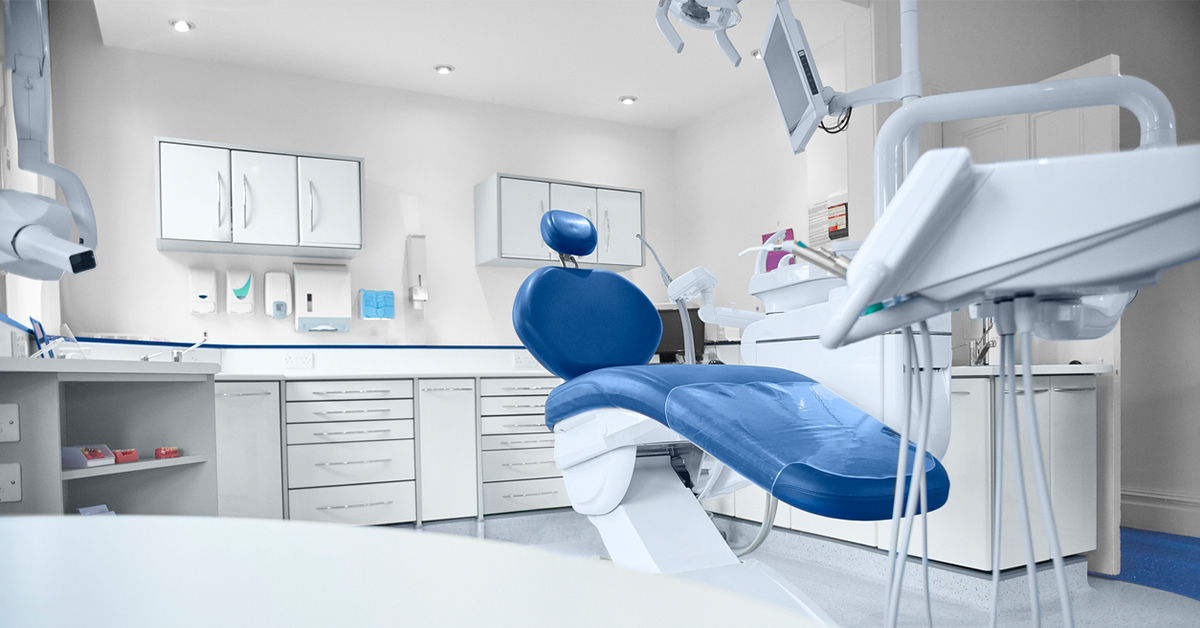A growing number of states are allowing businesses, including dental practices, to reopen. During the past few weeks, dental care has been limited primarily to emergency services. Is your practice ready to resume routine patient care? This is a good time to consider compliance factors as part of your reopening process. (Think of it as spring cleaning.)
Preparing your dental equipment for use again
Remember the steps you took when “powering down” your practice? Now it’s time to think in reverse order. Let’s consider those steps from the clinical compliance and regulatory compliance perspectives. First, when reviewing clinical compliance, start with equipment. Just as you drained devices or powered them down, what’s the best way to prepare them for use again?
Start in the sterilization center. You may need to run the water in sinks and other waterlines that have not been turned on in a while. Locate all the manufacturer’s instructions for use (IFU) to identify any routine or periodic maintenance that may not have been performed during closure.
First, consider the ultrasonic unit, instrument washer and sterilizers. Was everything drained and cleaned when the office closed? If so, review and follow the steps for first time use. If not, start by draining and cleaning the ultrasonic unit, instrument washer and sterilizers.
In the operatories, replace the disposable trap in the dental unit. Also, run vacuum line cleaner through the suction lines. In addition, don’t forget the dental unit water lines (DUWL). Water quality through hand pieces and the air/water syringe is particularly important for patient safety. Check with the manufacturer of your DUWL products for specific IFUs after a period of closure. Start with in-office water testing to determine if the colony forming units (CFU) are in the acceptable range, which is below 500CFU/mL. If not, then shocking the DUWL is recommended. Depending on the size of your practice and the cleaning/shock product used, you may need up to three days to complete the cleaning/shocking protocol before putting a unit back in service.
Another key area in clinical compliance is the equipment room. Check the collection cannister on the amalgam separator while the pump is turned off to determine if it’s full. The hazardous and biohazardous waste collected in this cannister has likely been sitting for a month or longer, so it might be a good idea to change it. Check the vacuum and air compressor systems. Do the filters need to be changed? Finally, don’t forget to check the levels on the nitrous and oxygen tanks.
For a more comprehensive list of office reopening procedures, download the Patterson-recommended Office Reopening Checklist or schedule an appointment with a Patterson Technician to perform all necessary reopening tasks.
Maintaining OSHA and HIPAA compliance
While your practice was closed, maintaining compliance with regulatory bodies, such as the Occupational Safety and Health Administration (OSHA) or the Health Insurance Portability and Accountability Act (HIPAA) probably didn’t seem so important. But regulatory compliance becomes a critical consideration as you reopen. Lapses in the areas of OSHA or HIPAA may result in fines or worse; if proper network security was not maintained, your practice may be vulnerable to cyber criminals. Cyber criminals have not taken a vacation during the pandemic. You might want to have your IT partner perform a review of your network security.
Given the numerous updates to the guidelines, regulations and recommendations during the past six weeks, regulatory compliance should not be overlooked. If your annual OSHA and HIPAA training is overdue, it would be wise conduct the training before the schedule gets busy again. If you relied on pre-recorded training sessions in the past, consider more current or relevant training, so staff stays well-informed.
OSHA’s Bloodborne Pathogens Standard (BBP) requires that you review and update your Exposure Control Plan. The BBP Standard also requires that you conduct and document an annual Sharps Assessment.
On the subject of HIPAA requirements, when was the last time you completed a Security Risk Analysis? Like team training, this should be completed annually. In addition, review your HIPAA policies for currency.
After a long “winter” in lockdown, we are emerging from our cocoons of isolation. As your practice begins to bloom again, use these tips to maintain a healthy, thriving practice. For more coronavirus-related resources and information from credible sources, visit the Patterson Dental COVID-19 Resource Center.
About the author

A nationally-recognized healthcare risk management and compliance expert, Linda Harvey, MS, RDH, HRM, assists dentists and teams in navigating regulatory requirements. She is the founder and president of two compliance-related companies.
During her programs, Linda draws from real-world experience, having worked with offices that have undergone HIPAA, OSHA and Infection Control audits. Linda’s programs will challenge you to look at your compliance programs from a different perspective, particularly amid the COVID-19 crisis.
– – –
Want to print this post? Download the PDF.






You must be logged in to post a comment.